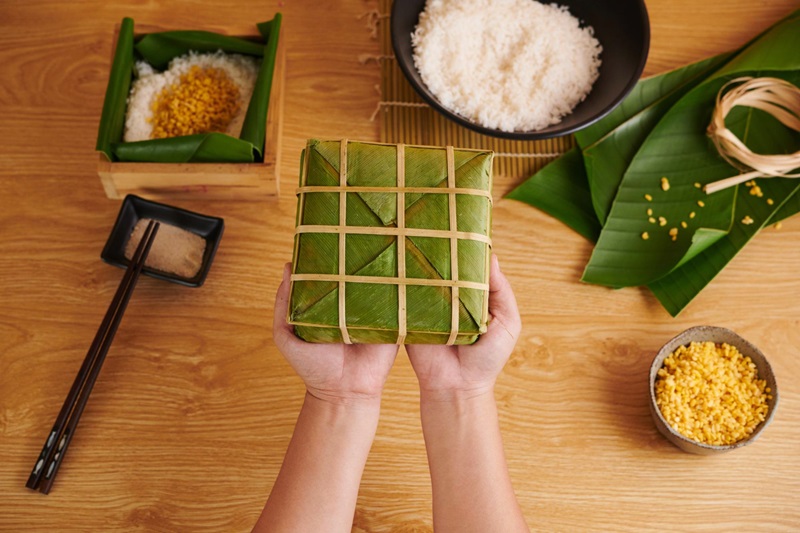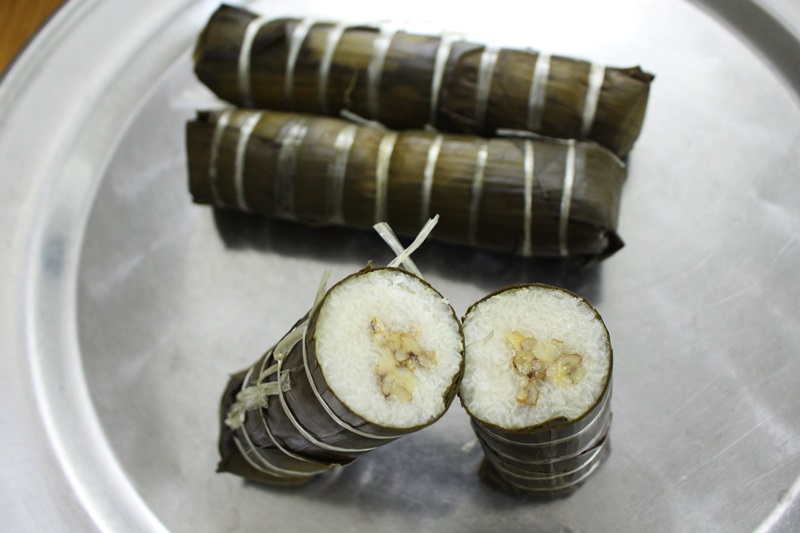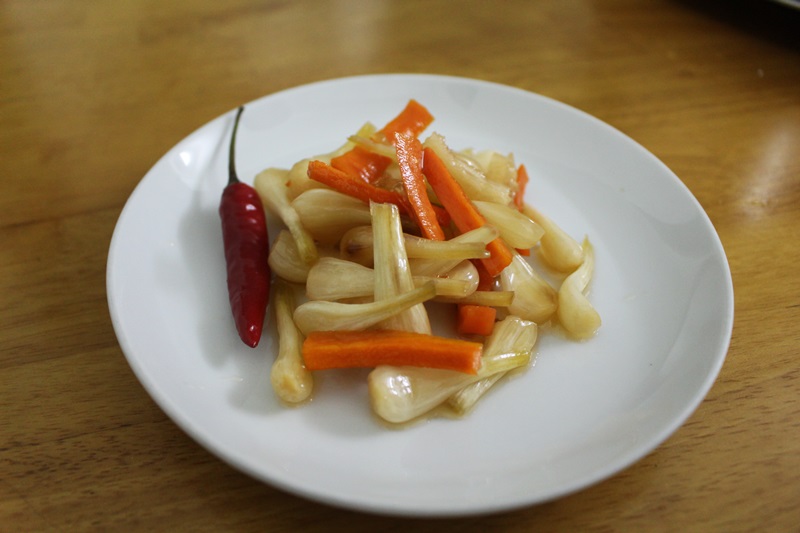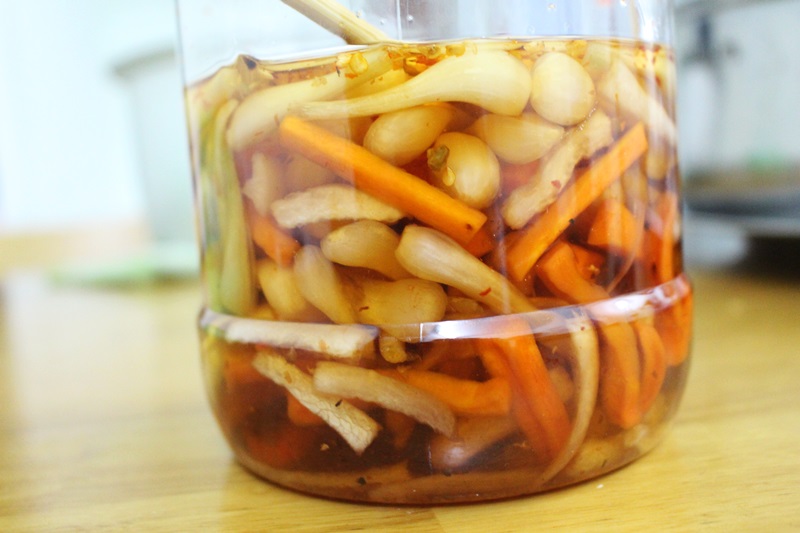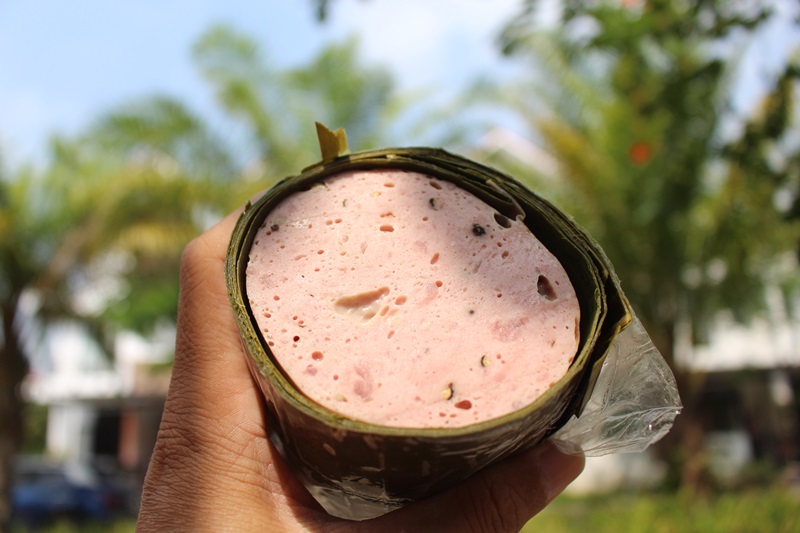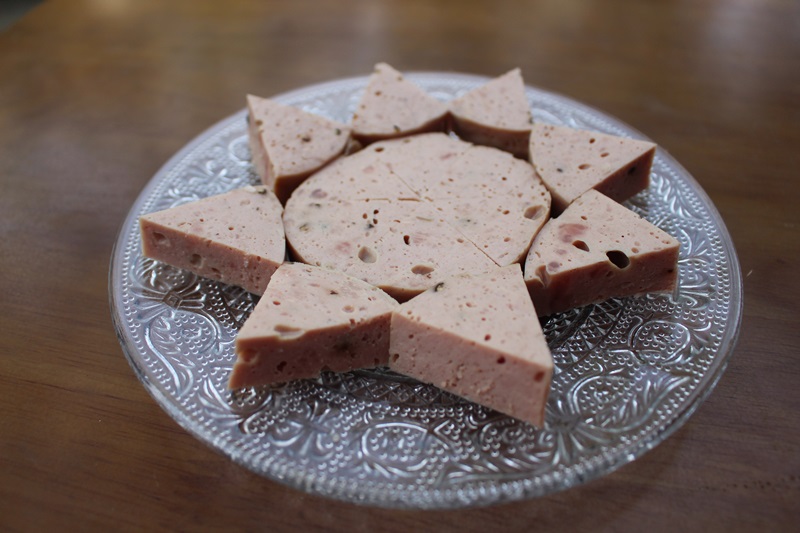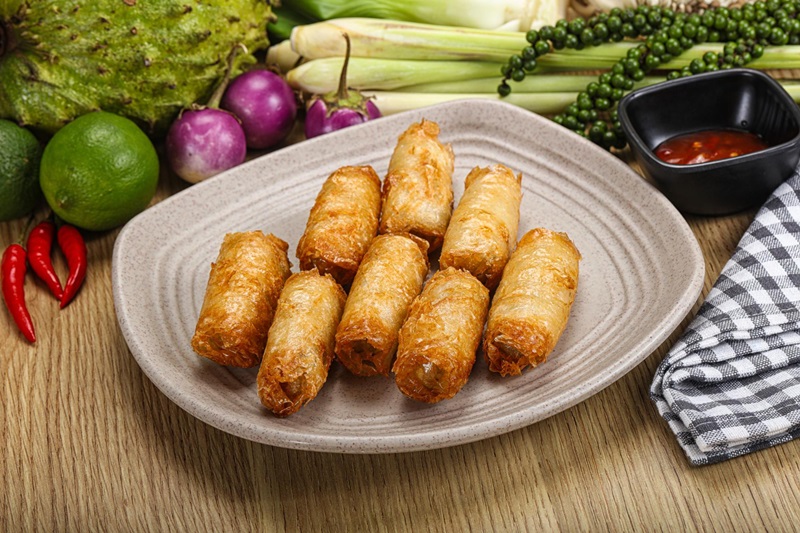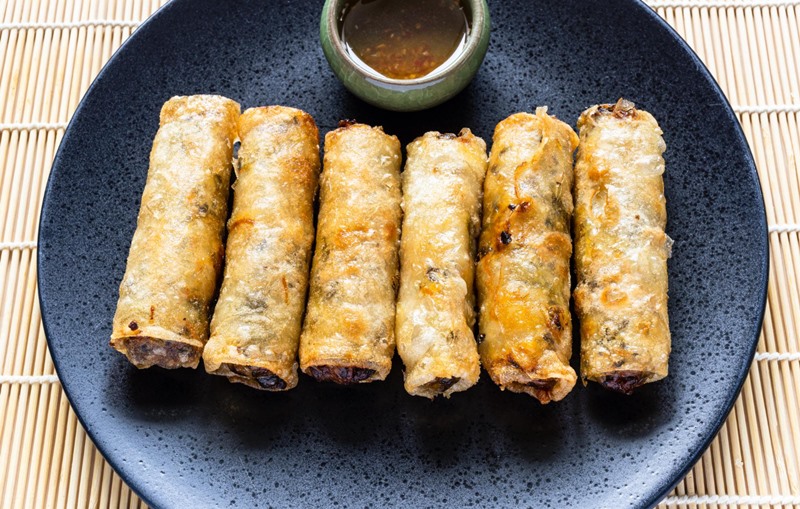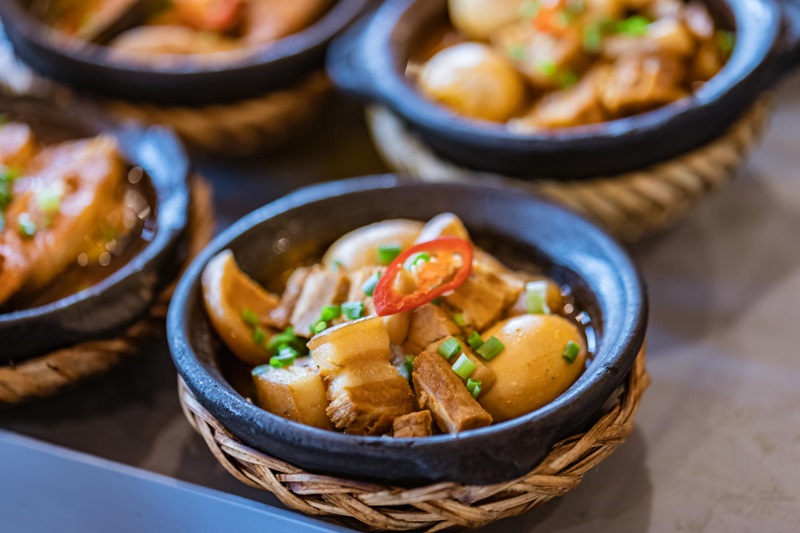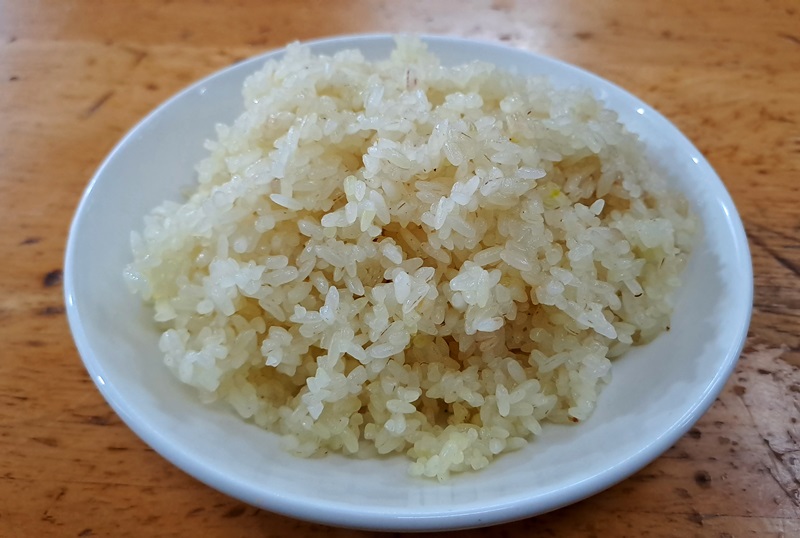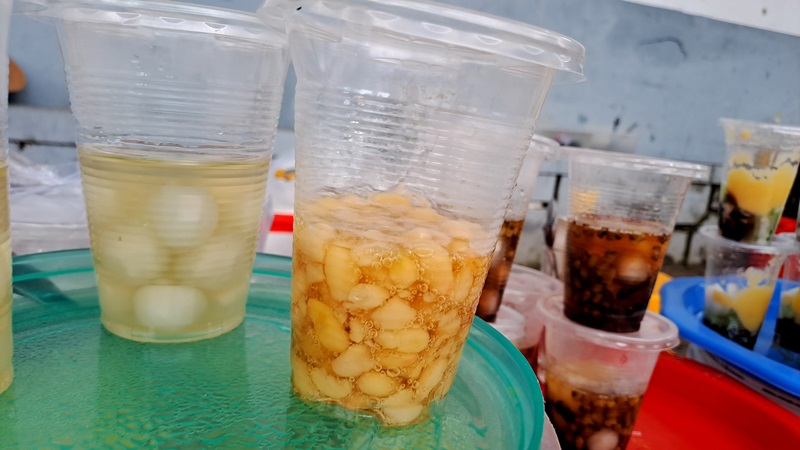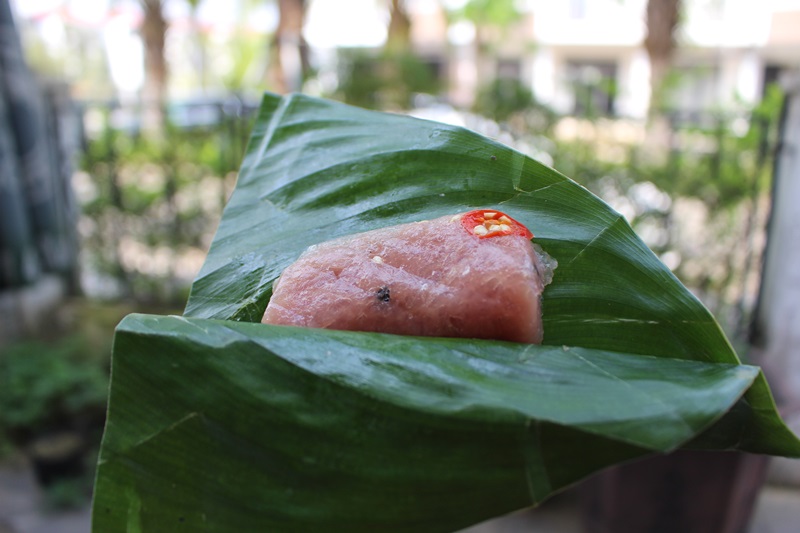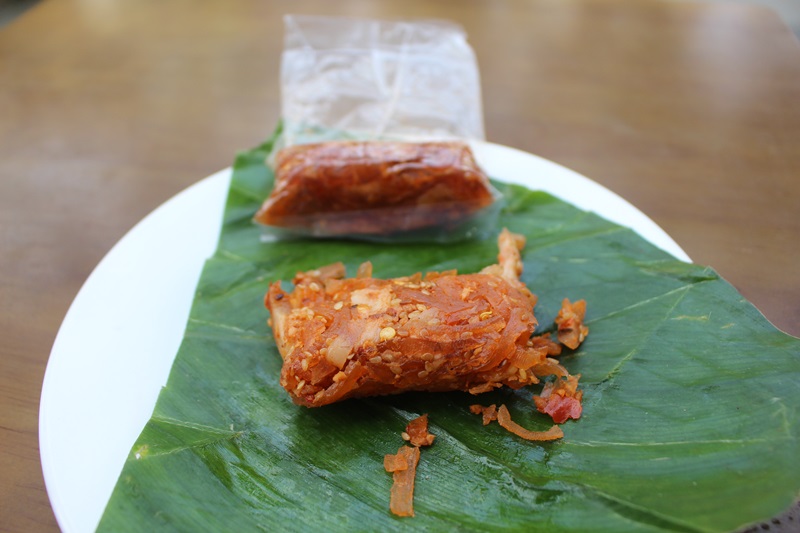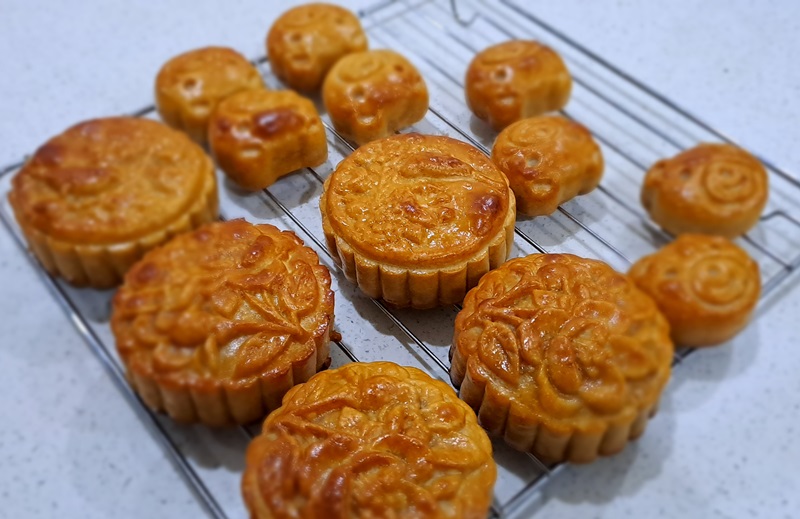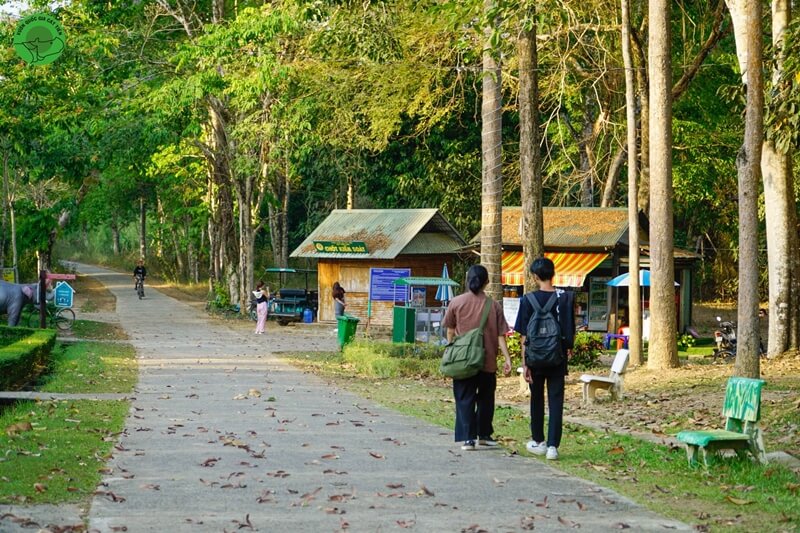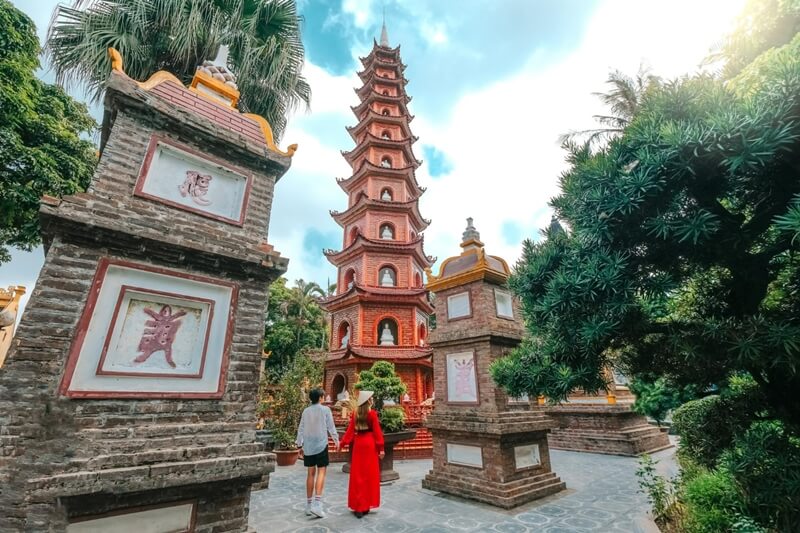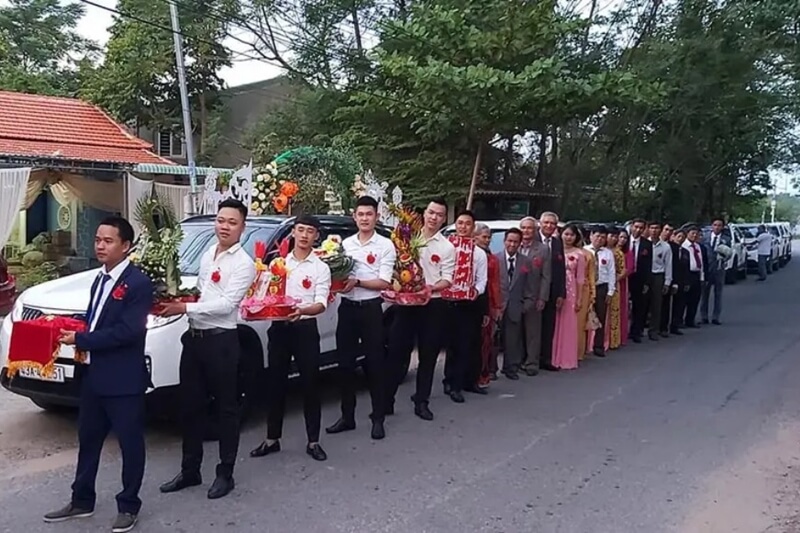Every country has its own traditional dishes because they are like tools to package, portray, and preserve the cultural values of that country. Therefore, learning about traditional foods in Vietnam will be a perfect way to understand the colors of the beautiful culture hidden inside this peaceful and hospitable land.
Let’s explore them!
1. Banh Chung and Banh Tet
When mentioning traditional dishes associated with Vietnam, Banh Chung and Banh Tet are always the first names mentioned.
These dishes are made from popular ingredients, including sticky rice, green beans, and pork. All these ingredients are wrapped tightly in many layers of banana or dong leaves and cooked for many hours, usually from 8 hours.
According to legend, the 18th son of King Hung Vuong VII, Lang Lieu, created this food. He used ingredients available in every farmer’s family to make a meaningful dish to offer to his father, the heaven, and the earth god.
The original dish was square, symbolizing the ground, and called Chung cake. Later, people in the Central and Southern regions shaped this cake into a circular shape and called it Banh Tet. Banh Tet will be cut into circles like the sun when placed on a plate.
Nowadays, both types of cakes exist side by side with the same traditional meaning. They symbolize the two images that make up them: the Earth and the Sun. This dish shows gratitude to heaven, earth, and the ancestors of the Vietnamese people.
These two foods appear together in most Vietnamese families every time Tet comes. On weekdays, you can also see Chung cake and Tet cake sold in markets, but the quantity is not much. The price of a Chung cake is not expensive, ranging from 10,000 VND to 20,000 VND for a cake.
2. Traditional pickles
This dish mainly appears during Vietnamese traditional Tet holidays.
- Pickled onions, whose main ingredient is purple onions (shallots), are a typical dish of the Northerners.
- The long onion roots, or Củ Kiệu in Vietnamese language, in the South are the main ingredient to make this pickle.
- For the Central region, people combine a lot of ingredients, including shallots, cauliflowers, carrots, green papayas, and kohlrabis, to make a typical dish with many colors and flavors, and they name it “Dưa món” – pickles.
All these types of pickles are prepared by using natural fermentation methods. This food is good quality when it still retains the crispness and freshness of the shallots, long onions, or other fruits and vegetables. Besides, it can absorb the salty, sweet, and slightly sour flavors. Shallots and long onions no longer have their inherent pungent taste while maintaining their aroma.
This delicious dish comes from agricultural culture. When farmers realized that there were a lot of fresh fruits and vegetables during the harvest season, they could not eat them all. Meanwhile, after the end of the crop season, people had to wait a long time for the plants to produce new fruits and roots. Therefore, they came up with a way to ferment fresh vegetables by using salt salinity to extend the shelf life of their products.
As a habit, Vietnamese people transform their salty fermented fruits and roots into traditional pickles in Vietnam every Tet holiday as a side dish with Chung cake, Tet cake, or Gio cha.
Nowadays, this delicious taste and eye-catching color of the food still win eaters’ feelings. Almost every Vietnamese person looks forward to a plate of traditional pickles on the Tet tray. It is like a cultural feature that cannot be replaced.
3. Cha lua (Meat rolls)
Once considered a luxurious dish reserved for the aristocracy of the feudal regime, Cha Lua is now popular among Vietnamese families. Cha lua is also called Gio lua or Gio cha – meat rolls.
The dish is prepared quite elaborately, starting from choosing the leanest meat of the pig. Pound the selected meat with various spices, such as shallots, black pepper, salt, seasoning powder, and delicious fish sauce. Wrap the ground meat tightly in a banana leaf in a circular cylinder shape of moderate size. On the outside, the roll looks similar to Banh Tet, but this roll is a bit shorter and bigger.
The meat rolls are boiled for a long time and stored in a cool place or the refrigerator for many days. When eating, people cut the rolls into circles, and then divide them into 6 or 8 smaller triangular pieces.
Cha lua has a flavorful taste and is easy to make us salivate when seeing it. It appears during Tet holidays, ancestor anniversaries, Vietnamese weddings, and celebrations. Cha Lua can become a daily dish for people, typically for drinking beer.
4. Fried Spring Rolls
Fried Spring rolls have different names in various regions in Vietnam: the North calls it “Chả Giò” or “Nem Ráng,” while Central and Southern people call it “Ram”.
Fried spring rolls have a lot of ingredients, such as minced pork, mushrooms, carrots, peeled shrimp, vermicelli, green onions or cilantro, kohlrabi, purple onions, chicken eggs, common spices, and thin rice paper wrappers. These ingredients can be omitted, leaving only minced pork, mushrooms, carrots, and rice paper wrappers; however, other things are sometimes added, such as taro, tofu, onions, etc.
After mixing the ingredients together, people will roll a little bit of this mixture on rice paper to form small spring rolls. Then, the people fry these rolls until golden, crispy, and fragrant.
The way of processing and using the ingredients reflects the ancient agricultural culture of the Vietnamese people. Most of the elements are available at home. In addition, it includes a flexible combination of vegetables, meat, shrimp, and mushrooms, which people have just harvested from their gardens or after fishing on the river.
Small fried spring rolls become a typical dish with great appeal to diners. It has been an indispensable food in the traditional trays of Vietnamese people every time Tet comes, in the trays of rice offered to ancestors, or on occasions of meetings and gatherings with family.
5. Braised pork with eggs/ meat soaked in fish sauce/ frozen meat
Three typical traditional dishes of the three regions of North, Central, and South Vietnam include:
– Braised meat with eggs: This dish has become the most prominent feature in the Southern region. Made from pork belly and chicken eggs. The chefs choose fresh pork pieces with lean and fatty parts mixed together. The meat is cleaned and cut into relatively large square pieces.
They carefully marinate the meat with fish sauce, soy sauce, salt, pepper, sugar, seasoning powder, and shallots. Peel the hard-boiled eggs and fry until golden brown. Next, add the meat and cook until soft with eggs and fresh coconut water. Braised meat with eggs carries all the aromatic, fatty, rich, fragrant, and is so flavorful that it’s hard to resist.
– Meat soaked in fish sauce: This tasty dish belongs to the Central people in Vietnam. The main ingredients include boiled pork and a mixture of fish sauce and boiled sugar.
Then, they soak this pork in a mixture of boiled sugar water after cooling it down. You need to wait another 5-7 days for the meat to absorb the fish sauce before serving. This food can be stored at room temperature for 10 to 15 days.
This dish originated in ancient times, when tools to preserve food preservation, such as refrigerators, were not popular. When Tet came, people slaughtered pigs and prepared offerings to celebrate. To keep pork for a long time and save it for later consumption in the following days, people in the Central region have created a dish of meat soaked in fish sauce. This food is rich with a very unique and attractive flavor. Nowadays, every Tet holiday, people in the Central region make this meat dish to entertain family, relatives, and friends.
– Frozen meat: born and becoming a traditional food of the Northern people in Vietnam, frozen meat is an indispensable dish in this land every Lunar New Year.
This food originates from the weather characteristics in the North that are often bitterly cold during every Tet holiday. Cooked food cools quickly. Meat dishes easily solidify and form chunks. To adapt, people have created frozen meat dishes specifically for their region.
The ingredients of this dish include pork trotters, pig ears, shiitake mushrooms, black fungus, carrots, green onions, coriander, corn kernels, shallots, and common spices. The meat is cut into small pieces and then cooked until tender with the accompanying ingredients. Finally, put this cooked pork into the mold. Under the cold of the North, the meat will quickly solidify into a mold shape that looks quite attractive.
Whether it’s meat braised with eggs or pork soaked in fish sauce, frozen meat clearly shows the inherent wet rice agricultural culture. These dishes carry and value the results of hard-working people.
6. Sticky rice and bean sweet soup
Sticky rice and bean sweet soups show the cultivation achievements of farming in Vietnam. After each crop, the output of beans, rice, and sticky rice that farmers harvest becomes a measure of their success and prosperity. Therefore, sticky rice and cereals are a vital food source and contain the farmers’ pride.
After each harvest, farmers choose the best sticky rice and beans, process them into delicious dishes to worship heaven, earth, and ancestors, and enjoy together. Sticky rice and bean sweet soups are tasty dishes with good traditional meaning.
These two dishes are simple and quick to prepare. People use fragrant rice and steam it with pandan leaves to get sticky rice dishes.
Bean sweet soup is prepared by stewing beans with water and adding sugar to create sweetness. The beans to cook sweet soup are various: possibly mung beans, red beans, black beans, royal beans, or white beans. All are possible to become a delicious sweet soup. The diners can eat this soup hot in the winter or serve it with ice to quench their thirst in the summer.
In particular, these two dishes of sticky rice and bean soup appear during worship occasions. They show Vietnamese people’s gratitude to the gods, heaven, earth, and ancestors for blessing them, so the locals wish to have enough food to feed their families.
Nowadays, wherever cities in Vietnam you visit, you can encounter these two dishes. Bean soup is easier to find because many Vietnamese people like to buy and taste it.
7. Nem Chua (sour spring rolls) / Tré
The other traditional foods in Vietnam loved by many Vietnamese people include sour spring rolls (Nem Chua) and Tré from the Central region.
These two delicious dishes have very unique tastes and cooking methods. Nem chua is created based on fermenting fresh lean pork with typical ingredients, such as roasted rice, guava leaves or polyscias fruticosa leaves, garlic, chili, and fish sauce. Lean raw pork is fermented thanks to the natural yeast secreted from these special spices, and it becomes a unique dish. Nem has a mild sour taste, the aroma of leaves, and spicy chili.
On the contrary, Tré is made from the ears and heads of pigs. All are boiled, sliced, and fermented with roasted rice, guava leaves, galangal, garlic, and chili.
Although both dishes are prepared based on the same principle, the resulting products have different flavors. Tré has a lot about the spicy taste of galangal and chili and the crunchiness of pig ear meat. The meat in the Tré piece is separated from each other.
Meanwhile, Nem Chua – sour spring rolls retain the fresh taste of the meat, and they stick tightly into pieces according to the shape of wrapping the spring rolls.
Whether Tré or Nem chua clearly shows the unique and harmonious skill of using spices of Vietnamese cookers. They almost clearly understand the features and values of each type of plant and spice in the family.
The Vietnamese people enjoy these two typical dishes all year round as snacks and beer for men, especially the inhabitants in the Central region. And it can be a delicious dish for fun and a snack for women.
When visiting Central Vietnam, you can easily find Tre and Nem chua dishes in many local restaurants. The price is low, ranging from 5,000 VND to 10,000 VND for a Tré stick or sour spring roll.
However, we still advise you to be careful when you want to taste these two dishes. They are naturally fermented, so sometimes they are not 100% safe for those who try them for the first time.
In particular, Nem chua (sour spring rolls) is made from 100% naturally fermented raw meat, so you need to consider your stomach before deciding to eat it carefully.
8. Vietnamese mooncake
Although mooncake originates in China, this cake has a different meaning when coming to Vietnam, and it has become a vital traditional dish at every full-moon festival in the eighth lunar month.
At the full-moon festival, Vietnamese people often give mooncakes to each other with the meaning of wishing everything in life to be perfect. So, the Vietnamsemooncakes are gifts of pure value indispensable in the Mid-Autumn Festival.
There are two types of cakes: grilled mooncakes and sticky mooncakes.
The sticky mooncake is made from pure white glutinous flour stuffed with sugar and fragrant grapefruit oil, cast in a round wooden or plastic mold. Its inside part has lotus seeds or mashed mung beans, which bring the agricultural culture of Vietnam.
The grilled cake consists of two parts: the crust and the filling. The crust, made of sticky rice flour, mixes with eggs and a little wine. The filling can is green beans, taro or lotus seeds, and salted egg yolks with a scent of vanilla. Besides, the mixed filling can include many things, such as pork, bird’s nest, coconut, watermelon seeds, lotus, or squash.
The circle of the Vietnamese mooncakes shows the moon shape, and all the cakes have the meaning of family reunification.
In addition to the above traditional dishes, Vietnam has various tasty dishes with beautiful cultural values. Coming to this country, you will have more opportunities to learn and experience the unique cuisine.
